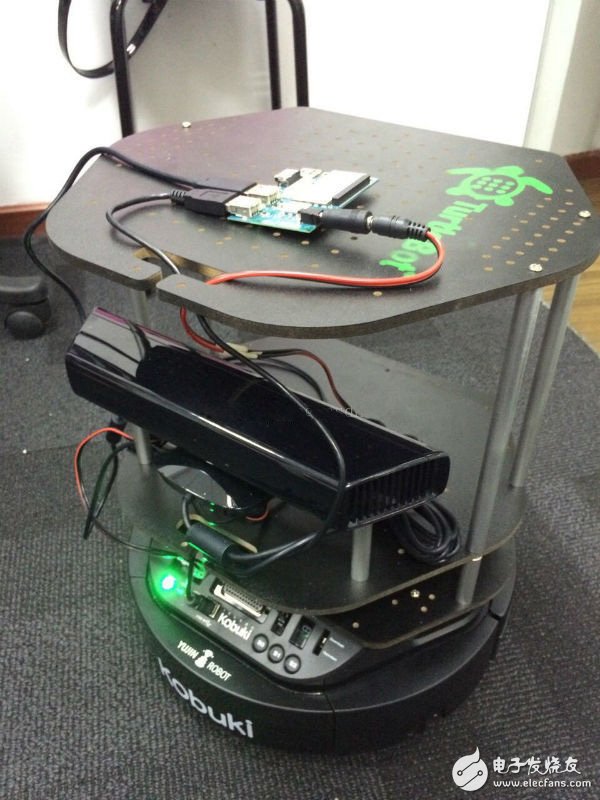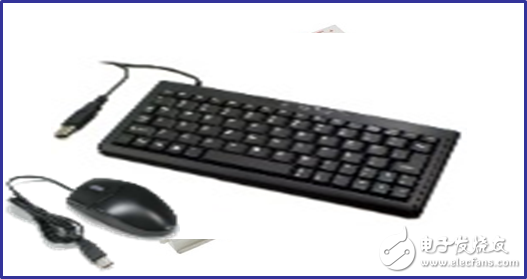TurtleBot is a high performance, low cost robot development platform designed by Willow Garage. Its simple operation and strong expandability not only meet the research and development needs of scientific research institutions, but also provide a powerful robot application development platform for robotics enthusiasts. Let them directly use the hardware and software that TurtleBot comes with, and can focus on application development. Avoid design sketches, purchase, process materials, design circuits, write programs, assemble, and more. With this robot platform, you can save a lot of up-front work, and you can develop the required functions according to the hardware and software interfaces of the platform.
When it comes to TurtleBot, it is essential to talk about the ROS system built on it.
ROS is the Route OperaTIon System, translated as "software router", which is a robot operating system. As a robot software platform, it can provide similar operating system functions for heterogeneous computer clusters. The predecessor of ROS was the switchyard project established by the Stanford Artificial Intelligence Laboratory to support the Stanford Intelligent Robot STAIR. By 2008, the development of the project was continued mainly by Weilou Jialaji.
ROS provides some standard operating system services such as hardware abstraction, underlying device control, common function implementation, interprocess messaging, and packet management. ROS is based on a graph-like architecture, so that processes of different nodes can accept, publish, and aggregate various information (such as sensing, control, state, planning, etc.). Currently, ROS mainly supports the Ubuntu operating system. Based on this, the blogger built the TUR system based on the ROS system on the Qualcomm Dragonboard410c debain system. You can go to the blogger's Qualcomm platform-based kincet application series Turtlebot (Automatic Follow Robot) to see the specific implementation. the way.
In addition, the blogger also introduced how to implement the Turtlebot automatic follow function and how to make the turtlebot start up and run after booting! However, in the past two days, there are a lot of children's shoes private bloggers introduced in the previous article about the implementation of Turtlebot boot self-starting debugging is not convenient, especially to modify the boot self-start script (/etc/rc.local) is very easy because of programming Negligence caused the system to enter a state of crash. In view of this situation, the bloggers have optimized the original way, and today I will share with you a set of "dry goods" that realize the Turtlebot boot-up implementation.
First, the preparation tools:
Figure 1 turtlebot

Figure 2 mouse and keyboard

Figure 3 display
Second, the realization principle:In the Linux system, the /etc/rc.loacal boot script is run before the user login script, so if some children's shoes are blocked during debugging, the system will not be able to enter the user interface, thus failing to implement the man-machine command line. The interactive mode is what everyone calls the crash phenomenon.
Here, we put the ROS boot function into the user's login script (~/.bashrc), which will ensure that when the programming is wrong, it will not cause the system to crash due to blocking.
Third, the manual manual:1. Add the boot script auto_runing.sh:
Sudo vim ~/auto_runing.sh
2. Add the boot script to the user self-start script
Sudo vim ~/.bashrc
Add at the end of the .bashrc line
Cd /home/linaro
./auto_runing.sh
3. Realize the system boot automatic login function:
Sudo apt-get install lightdm
Sudo vim /etc/lightdm/lightdm.conf
#autologin-user=
Change to
Autologin-user=username
Here we are autologin-user=linaro
After the modification is completed, save and exit.
4.sudo reboot
Waiting for one to two minutes after rebooting, Turtlebot will start the auto follow function on its own.
Electric Lifting Column,Electric Cylinder Linear Actuator,Telescopic Linear Actuator,Electric Slide Actuator
Kunshan Zeitech Mechanical & Electrical Technology Co., Ltd , https://www.zheteswitches.com